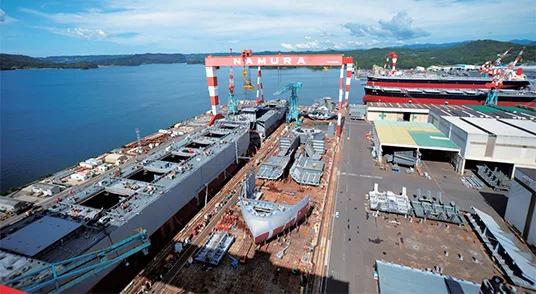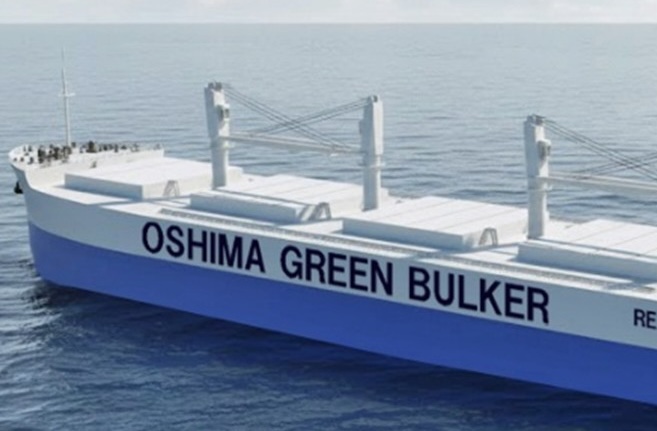Mexican President Claudia Sheinbaum has issued a decree that effectively ended the popular “border-skipping” strategy many U.S. e-commerce sellers used to avoid tariffs on Chinese goods. This decision, which was announced on Dec. 19 and took effect immediately, primarily targets apparel imports and is set to have far-reaching consequences for the industry.
The border-skipping strategy
For years, U.S. companies have been importing goods from China to Mexico, shipping them one order at a time to the U.S., effectively avoiding tariffs under the Section 321 provision. This loophole allowed for duty-free entry of shipments valued at $800 or less, making it an attractive option for e-commerce businesses looking to minimize costs.
The reliance on the “border-skipping” strategy was substantial among U.S. e-commerce companies, with many opting to fulfill orders to U.S. consumers from Mexico. This approach enabled businesses to leverage Mexico’s advantageous cost structures, including lower labor costs and the ability to avoid U.S. tariffs, thereby enhancing profit margins. The strategic location of Mexican warehouses allowed for effective 321 fulfillment, providing seamless delivery experiences to U.S. customers as if the items had been shipped domestically.
Companies capitalized on this by importing Chinese goods into Mexico, which were repackaged and sent across the border to the U.S. through Section 321, thus benefiting from the duty-free threshold. This method offered significant cost savings and operational efficiency, making it particularly popular among some of the largest e-commerce platforms targeting the U.S. market. However, the new decree marks a turning point, compelling these companies to promptly reevaluate their logistics and operational strategies.
Key changes in the decree
The new decree introduces several significant changes:
- Tariff increases: Import duties on 121 apparel products and 17 made-up textiles have been raised from 20-25% to 35%. Additionally, 17 tariff headings related to textiles now face a 15% duty, up from 10%.
- IMMEX program restrictions: The decree excludes certain finished products, including clothing and textile articles classified under HTS Chapters 61, 62, and 63, from temporary importation under the IMMEX program.
- Immediate effect: These changes are effective immediately, affecting even goods currently in transit.
Impact on the Industry
This sudden policy shift is expected to have significant implications:
- U.S. e-commerce sellers: Many large U.S. e-commerce sellers who relied on this strategy to circumvent tariffs urgently need to reconsider their supply chains.
- Mexican manufacturing: The move aims to boost domestic textile and apparel manufacturing in Mexico, potentially creating more jobs in these sectors.
- Supply chain disruptions: Companies with goods already en route to Mexico may face unexpected customs duties, leading to potential short-term disruptions.
Strengthening domestic employment
Sheinbaum’s decision can be seen as a strategic move to bolster the domestic labor market. By curbing the flow of Chinese goods circumventing tariffs through the “border-skipping” loophole, the decree intends to reinvigorate the Mexican textile and apparel manufacturing sectors. The government aims to generate vast employment opportunities that vastly outsize benefits derived merely from acting as logistics hubs for U.S. companies.
Aaron Rubin, CEO of ShipHero, commented on X that textiles manufactured in Mexico could potentially create 10 times the jobs compared to those made for third-party logistics providers of Chinese manufactured goods that border skip into Mexico. The expected outcome is a thriving local industry better positioned to compete internationally, ultimately, improving Mexican workers’ livelihood and reducing economic disparities.
“No one is waiting until April 2026 to see if the tariff is removed. Every brand who uses 321 for apparel through Mexico will leave now,” he stated.
This will also ease pressure on Mexico’s president from the Trump administration in addressing border skipping, something the U.S. president-elect frequently brings up.
What’s next for retailers and importers?
U.S. companies relying on this strategy will need to adapt quickly:
- Reassess supply chains: Businesses may need to explore alternative sourcing options or consider shifting production to other countries.
- Cost structure review: Companies must likely reevaluate their pricing strategies to account for increased import costs.
- Explore alternative strategies: Some businesses may consider leveraging similar programs in other countries or explore direct-to-consumer shipping options from China.
As the industry grapples with these changes, it’s clear that the landscape of e-commerce and international trade is shifting. Companies must remain agile and innovative to navigate these new challenges in the global marketplace.
The post Mexico ends border-skipping loophole e-commerce companies frequently exploit appeared first on FreightWaves.



















